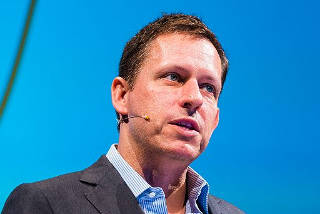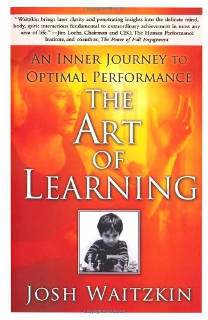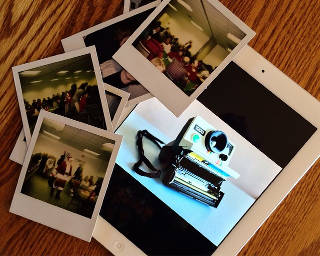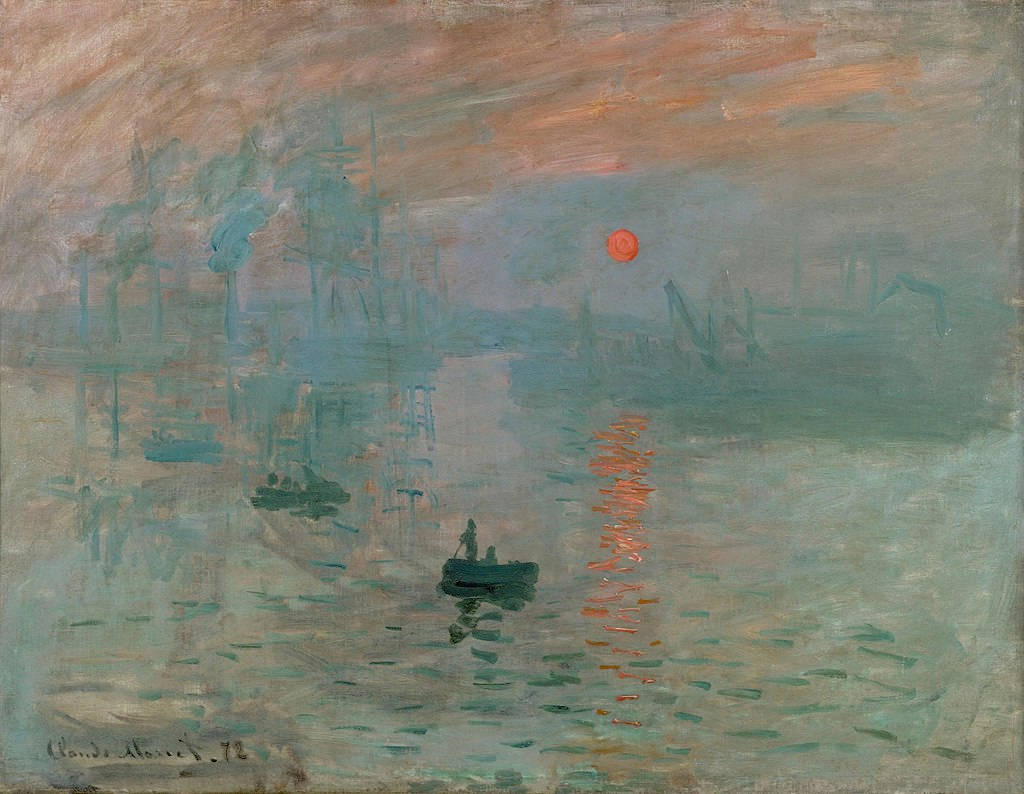[Impression, soleil levant (Impression, Sunrise) by Claude Monet (Public domain). The term “Impressionism” is derived from the title of this painting]
Dear friend,
The late 19th century saw the birth of a radical new art form, impressionism—a disruption in the art world, if you will. The movement grew from France to other parts of the Western world, and eventually spread beyond painting to influence music, literature and film.
What compelled these artists to break away from the artistic conventions of the time? Was it genius, or were there other forces at play as well?
The birth of photography in 1839 was one of the key influences. It forever changed how we see the world—and what we see.
A segment from the first episode of the 1972 BBC television series Ways of Seeing describes the camera’s view thus: “I approach and pull away from objects. I creep under them. I move alongside a running horse's mouth. I fall and rise with the falling and rising bodies…recording one movement after another in the most complex combinations…. Thus I explain in a new way, the world unknown to you.”
Photography is art and a scientific tool. It allowed ordinary people to record their lives, as well as the cataclysmic moments in history. Not least of all was its influence on art itself—leading to the birth of the impressionist movement in France in the 1870s and 1880s.
The artist’s skill in capturing reality was no longer relevant, as the photograph provided a more accurate, candid record. Artists including Claude Monet, Pierre-Auguste Renoir, Alfred Sisley, Edgar Degas and Cézanne, began experimenting with new techniques, focusing more on light and movement, and capturing their subjective perception. All of which set the ground for Modern Art.
The seeds below the ground
So, what forces are at play today that have the potential to disrupt our world as we know it?
NS Ramnath asked Manish Sabharwal that question in the context of the worry over technology and jobs, especially in an election year for India. Sabharwal busts a few popular notions on automation and the threat to jobs. And he talks about the kind of technologies that will truly lift people out of poverty.
Coming back to photography, Charles Assisi talks about how selfie mania among millennials is affecting the apparel and grooming businesses. And in his column on disruptive tech, Ramnath digs into the momentous photo of the black hole, among other things.
At the end of this newsletter, I’ve curated three articles that give more perspective on how millennials think, live, and how that’s shaping business innovation; how a web of small tech enterprises can generate employment; and some innovation lessons from Edwin Land, the creator of instant photography.
Happy reading!
Sveta Basraon
Featured Stories
India doesn't have a jobs crisis, it has a wages crisis
Podcast | Is technology killing jobs? And can India use technology to create jobs? Teamlease’s Manish Sabharwal says, our problem is providing a living wage, not jobs. We need to worry about improving productivity through the application of land, labour, and capital—and not so much the impact of automation. (By NS Ramnath. Play Time: 34 mins)
Death of the white shirt?

The millennials’ love for selfies is driving a change in what sells in apparel stores—and the rise of Jawed Habib. (By Charles Assisi. Read Time: 4 mins)
Exploring black holes, space, and mapping Earth

[Black Hole photo by Event Horizon Telescope Collaboration (CC BY 4.0)]
April 14, 2019: A roundup of news and perspective on disruptive technology. In this issue: the science behind the black hole photo; how Facebook is mapping Earth; private rocket science; data and privacy; the future of jobs; and EVs path to profitability. (By NS Ramnath. Read Time: 4 mins)
What We Are Reading & Listening
How much can we afford to forget, if we train machines to remember?
It’s common to frame discussions of societal transitions by focusing on the new skills that become essential. But instead of looking at what we’re learning, perhaps we should consider the obverse: what becomes safe to forget?
How to keep up with the future of work
According to a new report on workforce re-skilling by the World Economic Forum, one in four adults reported a mismatch between the skills they have and the skills they need for their current job.
Podcast: Lessons learned from Peter Thiel

[By Dan Taylor (CC BY 2.0)]
Why does he invert his thinking, what does no one agree with him on and why computers replacing people as an angst narrative is not true.
Book: The Art of Learning: An Inner Journey to Optimal Performance

Josh Waitzkin was a child prodigy chess player, and an international chess master. He took up competitive Tai Chi after that and beat the defending champs at the 2004 International Tai Chi Push Hands World Championships. In The Art of Learning, which is part memoir, part instructional book, he explains the thoughts and processes that led him to success in two disparate fields, and the lessons he learned competing at the highest levels.
From Our Archives
What you can learn about high-tech innovation from Polaroid

The ability to frame a problem, a relentless striving for a better solution, and careful patenting are some of the lessons. (By Rishikesha T Krishnan)
A story of debt. A story of opportunities

In this podcast economist Ajit Ranade talks about the larger picture behind the culture of debt among urban youth that Gayatri Jayaraman describes in her book. And the real story is very different from what you’d imagine at first glance. (By Charles Assisi)
A new vision for Make in India: Create a web of small, nimble enterprises

[By Subhashish Panigrahi under Creative Commons]
Fears about technology displacing jobs are unrealistic. A network of technology-led enterprises will disrupt old-style massive factories and generate more opportunities for employment. (By Arun Maira)


